In the modern manufacturing landscape, optimizing production processes is critical for sustainability and cost-effectiveness. The paper cup industry, which has seen significant growth due to increasing demand for eco-friendly products, faces challenges in waste management during the production cycle. This article explores various strategies to optimize the production process of paper cup machines, aiming to minimize waste and enhance overall efficiency.
Understanding the Production Process
The production of paper cups involves several steps, including paper roll preparation, cup forming, printing, and quality control. Each stage presents opportunities for waste generation, from excess raw materials to defective products. Understanding the intricacies of this process is essential for identifying areas where optimization can lead to waste reduction.
Implementing Lean Manufacturing Principles
Lean manufacturing focuses on maximizing value while minimizing waste. By applying lean principles to the paper cup production process, manufacturers can streamline operations. Techniques such as value stream mapping help identify non-value-added activities. For instance, analyzing the flow of materials can reveal bottlenecks or redundancies that contribute to waste. Regular training sessions for staff in lean methodologies can also foster a culture of continuous improvement.
Investing in Advanced Technology
Modernizing equipment and adopting advanced technologies can significantly reduce waste in the production process. High-precision paper cup machines equipped with sensors and automation capabilities can minimize the margin for error. These machines can adjust settings in real-time, ensuring optimal use of materials. Additionally, investing in software that monitors production metrics can provide insights into inefficiencies, allowing for timely interventions.
Material Selection and Waste Management
Choosing the right materials is crucial for minimizing waste. Manufacturers should consider using recyclable and biodegradable materials that not only reduce environmental impact but also improve product quality. Furthermore, implementing a robust waste management system allows for the recycling of scrap materials generated during production. This closed-loop approach not only reduces waste but also lowers costs associated with raw material procurement.
Enhancing Quality Control Measures
Effective quality control is essential for reducing waste in the production of paper cups. Implementing rigorous quality checks at each stage of production can help identify defects early, preventing flawed products from progressing through the manufacturing line. Using data analytics to track quality metrics can help pinpoint recurring issues, enabling manufacturers to address them proactively. This leads to fewer rejects and reworks, ultimately reducing waste.
Training and Employee Engagement
Employee involvement plays a significant role in optimizing production processes. Providing comprehensive training on efficient operational practices can empower employees to contribute to waste reduction efforts. Encouraging feedback and suggestions from workers who are directly involved in the production process can lead to innovative ideas for minimizing waste. Creating a team-oriented environment fosters a sense of ownership, motivating employees to take responsibility for waste management.
Regular Maintenance of Equipment
Maintenance of machinery is often overlooked but is crucial for efficient production. Regular maintenance schedules ensure that machines operate at peak performance, reducing the likelihood of breakdowns that can lead to increased waste. Preventive maintenance can help identify potential issues before they escalate, thereby minimizing downtime and material loss. Investing in training for maintenance staff can further enhance the reliability of equipment.
Collaborating with Suppliers
Collaboration with suppliers can also play a vital role in waste reduction. Establishing strong relationships with suppliers allows manufacturers to negotiate terms that favor lower waste. For example, suppliers could provide materials in formats that are easier to handle and reduce excess packaging waste. Joint initiatives focused on sustainability can lead to shared best practices and innovations that benefit both parties.
Monitoring and Continuous Improvement
Finally, monitoring production processes and outcomes is essential for continuous improvement. Implementing key performance indicators (KPIs) specific to waste reduction helps manufacturers track their progress over time. Regular reviews of these metrics allow for adjustments to be made as needed. Creating a feedback loop where employees can report on waste-related issues ensures that optimization efforts remain dynamic and effective.
Conclusion: Towards a Sustainable Future
Optimizing the production process of paper cup machines is a multifaceted endeavor that requires commitment and strategic planning. By implementing lean principles, investing in technology, enhancing quality control, and fostering employee engagement, manufacturers can significantly reduce waste and improve efficiency. As the demand for sustainable products continues to rise, these strategies will not only benefit the environment but also enhance profitability and competitiveness in the marketplace. Embracing these changes paves the way for a more sustainable future in the paper cup industry.




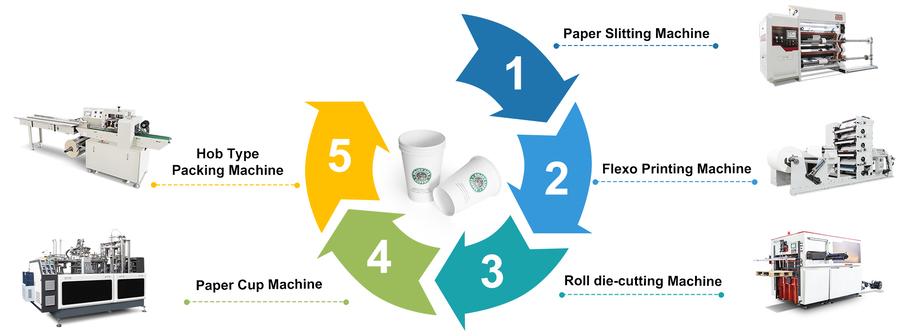
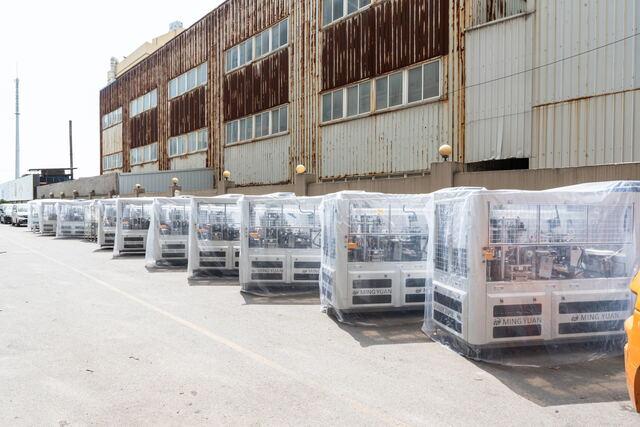



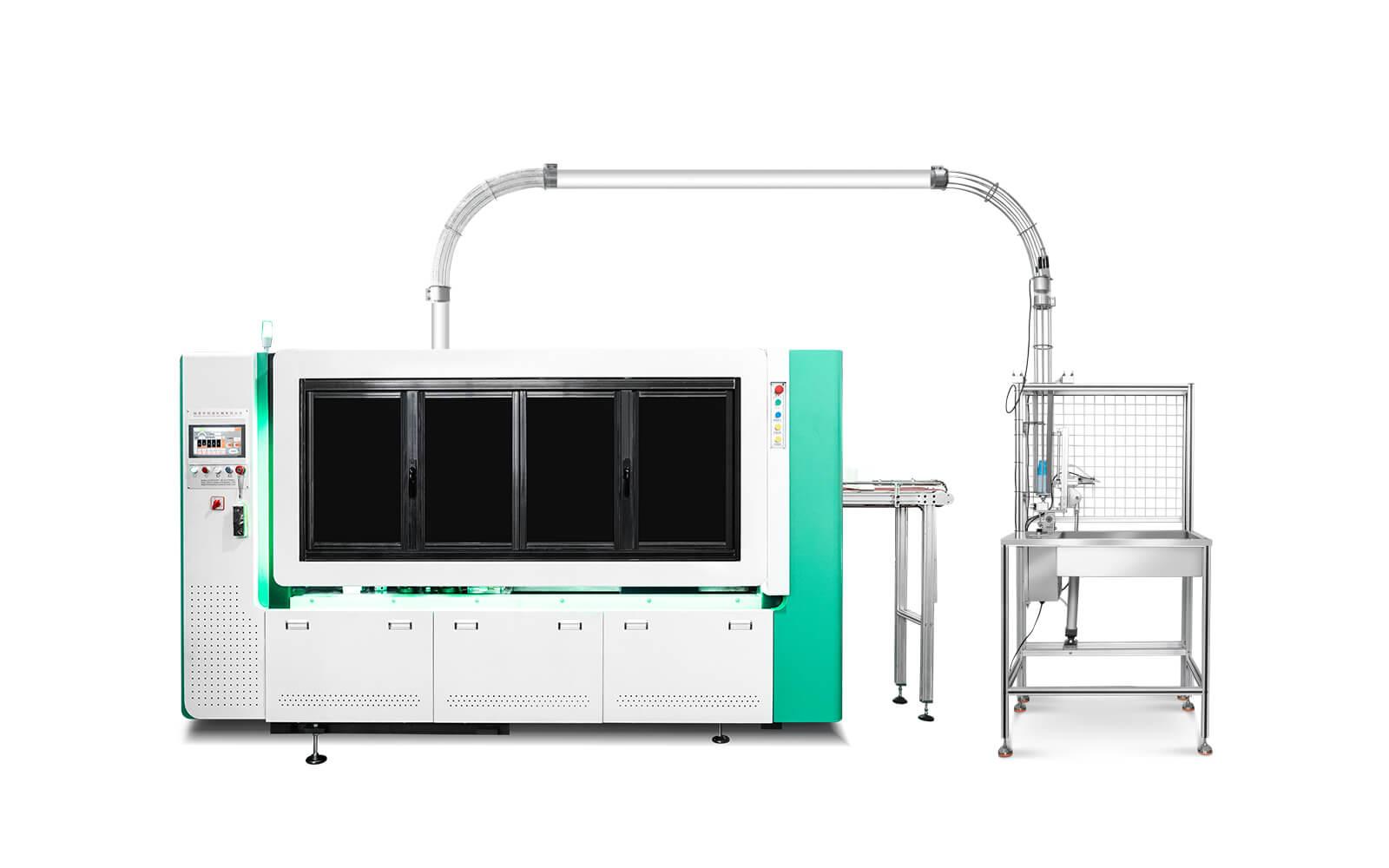
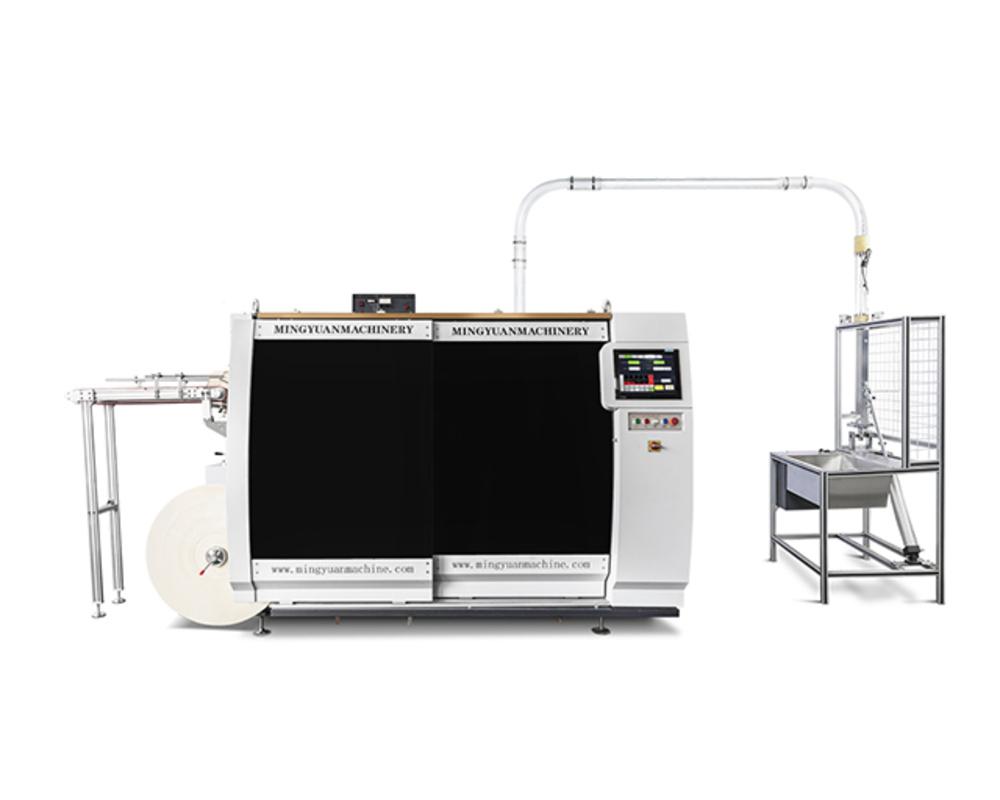
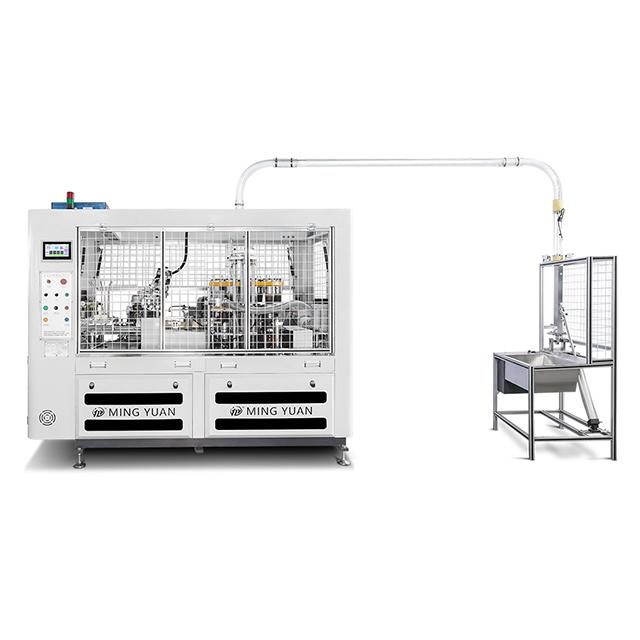

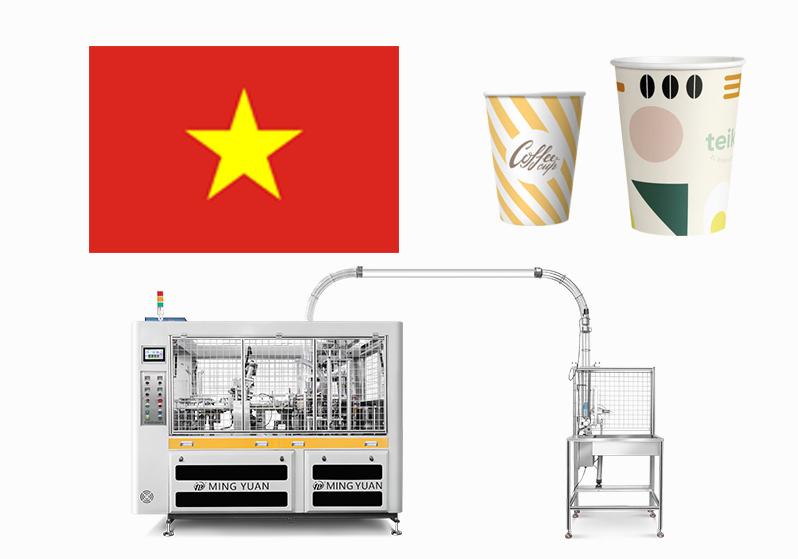
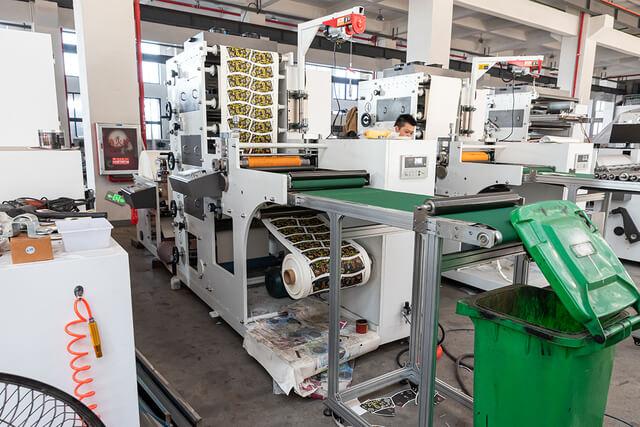

 Tel: +86-19057361870 / +86 577 65567060
Tel: +86-19057361870 / +86 577 65567060  Email: george@paper-cupmakingmachine.com
Email: george@paper-cupmakingmachine.com MP/WhatsApp: +86-19057361870
MP/WhatsApp: +86-19057361870 Manufacturer Address:No.1588, Huaming Road, Feiyun Street,Ruian City Zhejiang Province -325200 China
Manufacturer Address:No.1588, Huaming Road, Feiyun Street,Ruian City Zhejiang Province -325200 China




